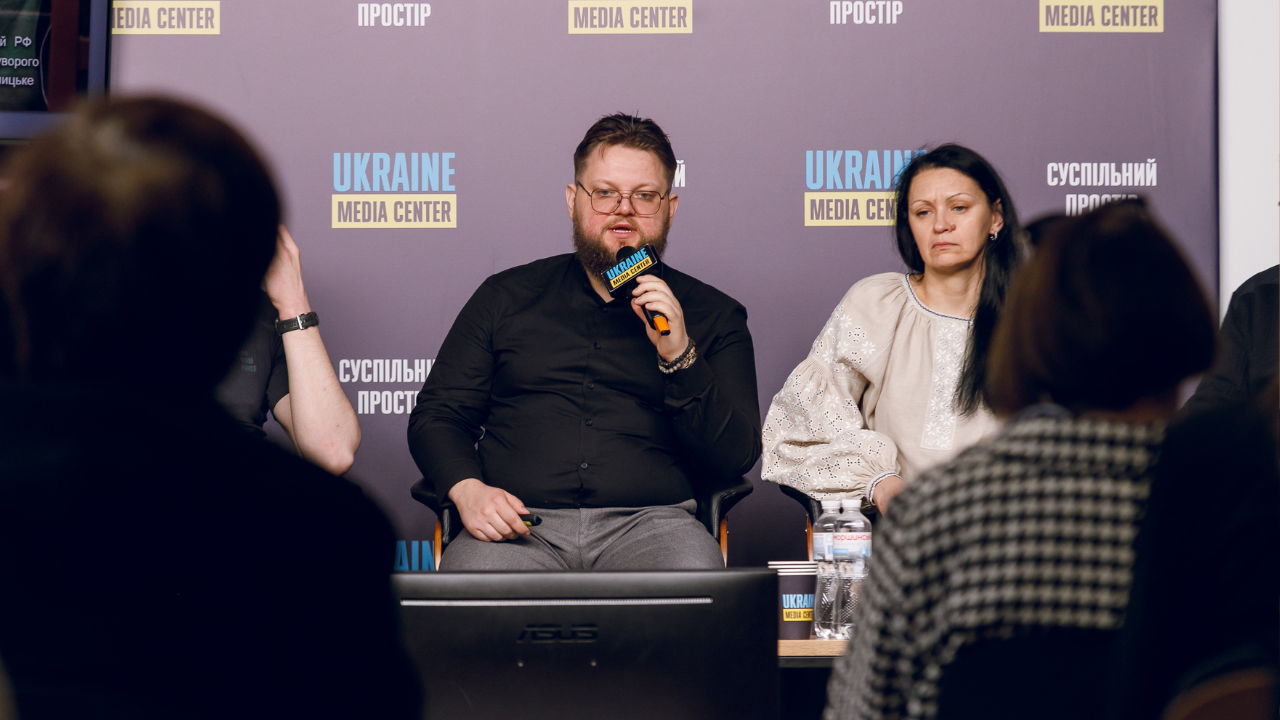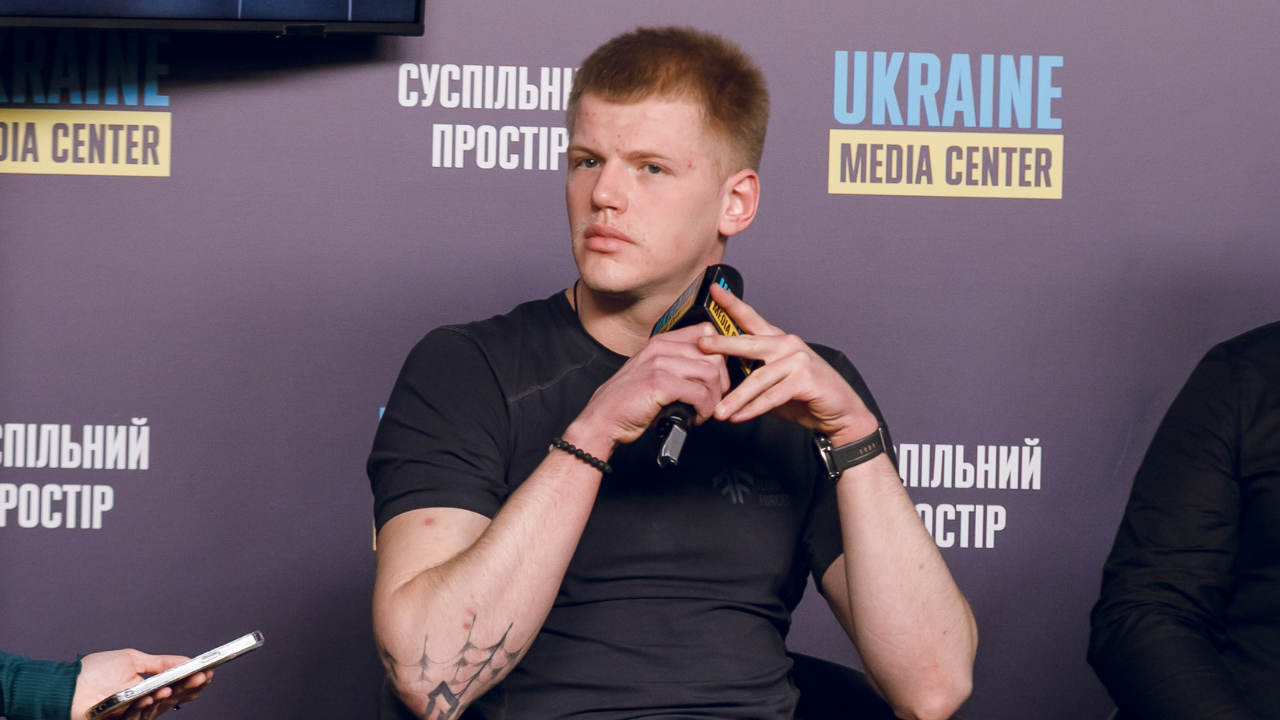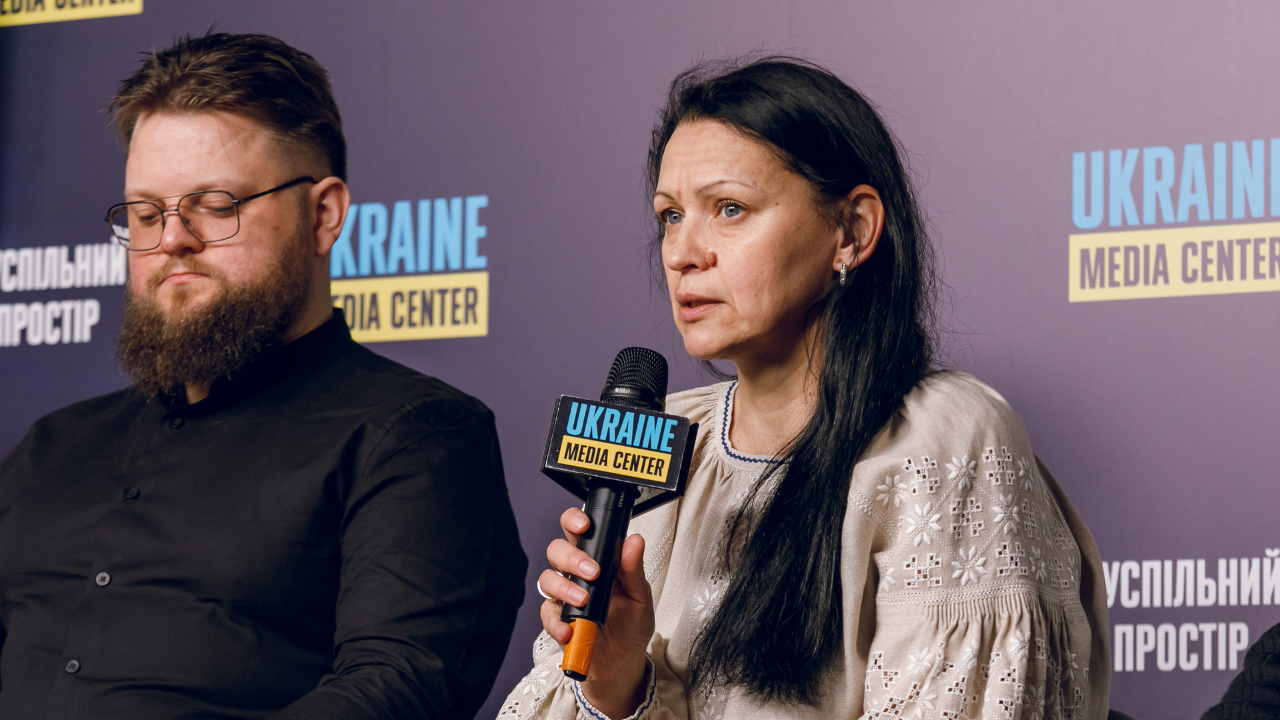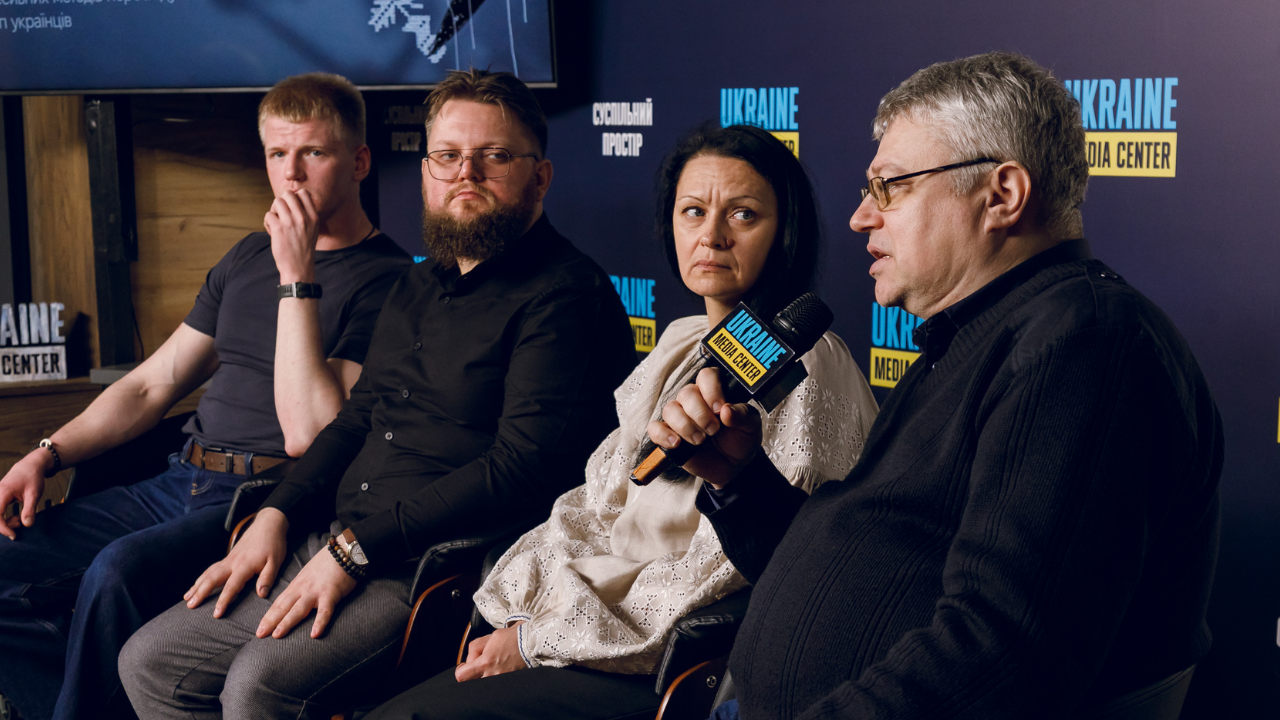Torture by electric shock, forced memorization of the Russian anthem and sentences for “terrorism” to Ukrainian prisoners of war are not just war crimes, but part of Russia’s targeted persecution of Ukrainians. The MIPL presented an analytical report “Destruction of Ukrainian Identity as a State Policy of the USSR and Russia”. The study confirms: The FSB and other law enforcement agencies of the Russian Federation use the same methods of persecution of Ukrainians that the Soviet government used against Ukrainians for 70 years.
The report’s conclusions are based on the study and comparison of more than 20 archival documents from the Soviet period with more than 20 contemporary testimonies of Ukrainian prisoners of war and civilians who have been held in Russian prisons.
“The Soviet Union, and now Russia, never recognized Ukrainians as a separate people,” emphasizes Vladyslav Havrylov, an analyst at the MIPL and one of the authors of the report, “Instead, they spent huge resources to destroy us, to destroy Ukrainian subjectivity and national identity. The paradox is that the Russians are always saying that we, Ukrainians, do not exist. At the same time, there are methods of destroying Ukrainians. So tell me, how can you destroy something that Russians believe does not exist?

According to him, both in Soviet times and now, Russia primarily persecutes those who can lead the Ukrainian resistance: intellectuals, scientists, cultural figures, and the military. Those who could not be destroyed immediately are being Russified. This is confirmed by Dmytro Kanuper, a former prisoner of war who was sentenced to 29 years in prison by Russia:
“In the Taganrog detention center, we were forced to listen to Russian songs every day from 6 am to 10 pm. These were military marches, the Soviet anthem, and songs with lyrics about “killing the Ukrainians.” All prisoners of war had to learn them by heart. If someone forgot, they were beaten. They also offered to take Russian citizenship and join Wagner. They were very insistent on cooperation, promising that it would help speed up the exchange.

The presented analytical report demonstrates the centuries-long continuity of Soviet repressive practices and proves that forcing the ideological “re-education” of Ukrainian prisoners is a systemic policy of the aggressor. For this purpose, Russia does not disdain either psychological or physical torture.
“There is not a single prisoner of war who would say that the text of the Russian anthem was not hanging on the wall in their cell,” says Tetyana Katrychenko, Executive Director of the MIPL, “and there is not a single one who was not forced to learn it. Many prisoners are beaten simply for speaking Ukrainian.

The interviewed testimonies of those held captive during Russia’s current war against Ukraine have similarities with the archival documents of the NKVD and KGB that MIPL has studied for this report. As in Soviet times, today’s Ukrainian prisoners are forced to renounce their native language and recognize that Ukraine is part of the “great Russian/Soviet people.”
What did the Russian Empire do? It said: “There are no Ukrainians”. What did the Soviet Union do? It said: “There is only a Soviet person”. What does the Russian Federation do? It says: “Ukrainians are the same Russians.” That is, their main goal is not just to occupy the territories, but to impose an ideology that destroys Ukrainian identity. They are not just torturing our people, it is their way of forcing Ukrainians to obey. It is obedience they want,” emphasizes Roman Podkur, a senior researcher at the Institute of History of Ukraine of the National Academy of Sciences of Ukraine.

The authors of the report call on the international community to respond firmly to Russia’s systematic violation of the rights of Ukrainian prisoners of war and civilians. The documents and testimonies collected during the work on the report will be used to bring the perpetrators to justice.
Read the analytical report “Destruction of Ukrainian Identity as a State Policy of the USSR and Russia” by following this link.
The material was prepared with the support of the International Renaissance Foundation. The material represents the position of the authors and does not necessarily reflect the position of the International Renaissance Foundation.

